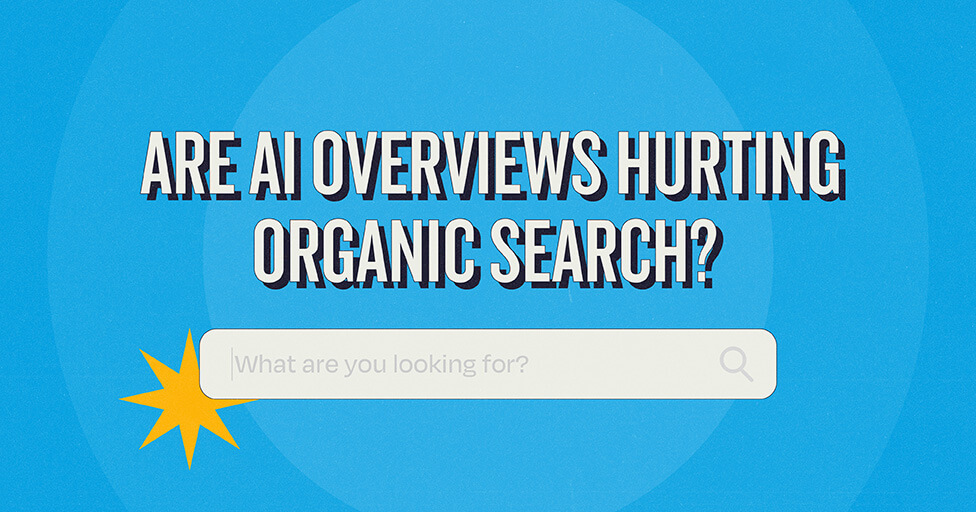
As most healthcare marketers can attest, doctors can be a funny bunch to work with sometimes. They are well-educated and highly respected individuals, but they’re also very prideful. They’ve worked hard to accumulate the years of knowledge and training they put into practice every day. Because of this it’s understandable that they may get frustrated when someone who has not gone through the same hurdles they’ve faced in becoming a doctor is promoted or perceived as an equal to them. And that can happen when Advanced Practitioners (NPs, PAs, Nurse Midwives, Nurse Anesthetists, Clinical Nurse Specialists, etc.) are put into the spotlight, and while that is a bit of a generalization (certainly not all doctors feel this way), it is not far-fetched.
So how do we promote these valuable team members without causing consternation with the doctors? Here are three ways:
1. CHANGE THE VERNACULAR
For so long, Advanced Practitioners have been known by another moniker above all others: Mid-Level Practitioners. There’s nothing mid-level about them. They don’t do a job half way. They don’t stop in the middle of a procedure. So there’s no reason to refer to them as something they’re not. Using the term Advanced Practitioners on a consistent basis in your internal communications and external marketing assets will keep the distinction between doctors and APs while also educating audiences on the benefits of having these specialized team members on staff.
2. ADVOCATE FOR APS
As mentioned, education is key to promoting Advanced Practitioners. Not only will this help external audiences understand the value and benefits of these professionals, but it will also help your marketing team focus on marketing the different kinds of care provided by your staff. Since APs have been trained differently, there are actually more things you can explore in your messaging. For example, Advance Practice Nurses have been trained to treat the patient. Doctors are traditionally trained to treat the illness. While both approaches work (and these are also broad generalizations), there are enough differences between the two that can be woven together to paint a whole picture of patient care.
3. A RISING TIDE COULD BUY THE DOCTOR A NEW BOAT
While most doctors love to see their name and face on billboards and other advertisements, they need to remember that their services aren’t the ones first sought. For any number of reasons (including insurance costs), an Advanced Practitioner might be the first/best option for a new patient. So by advertising the APs in a doctor’s clinical group and the services they offer, in marketing materials and advertisements, it gives consumers that many more options to consider. And while doctors don’t like to lose out on any billings, there are going to be times when the AP will need to refer to a collaborating physician, which means they could end up billing for a patient that they wouldn’t have had the opportunity to see in the first place.
Not all Advanced Practitioners are the same, just as not all doctors are the same. But in the end, they all play an integral role in patient care and the marketing team can help validate that by how they choose to promote them.
Are you looking to better market both your providers? MBB can help. We know a thing or two about healthcare marketing.
Subscribe to our newsletter
Get our insights and perspectives delivered to your inbox.


